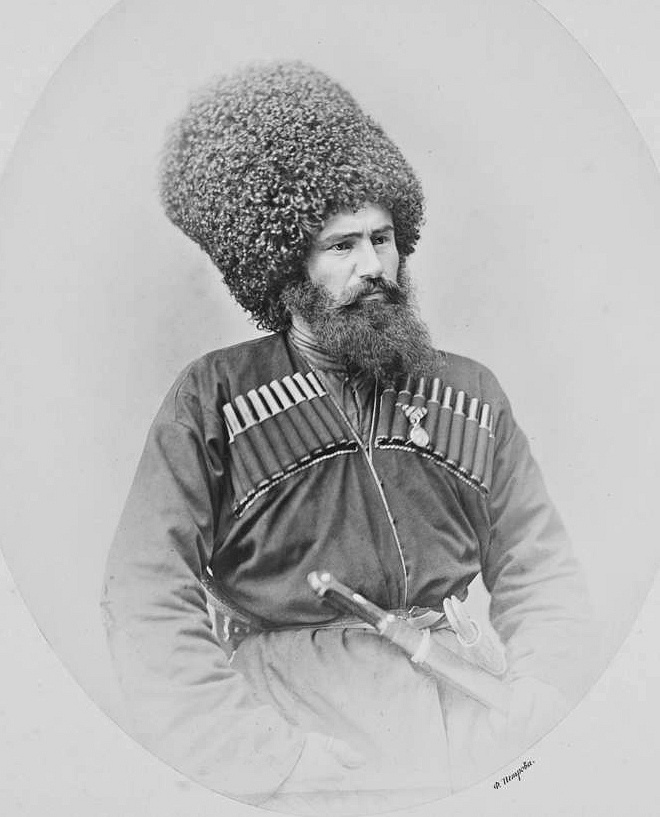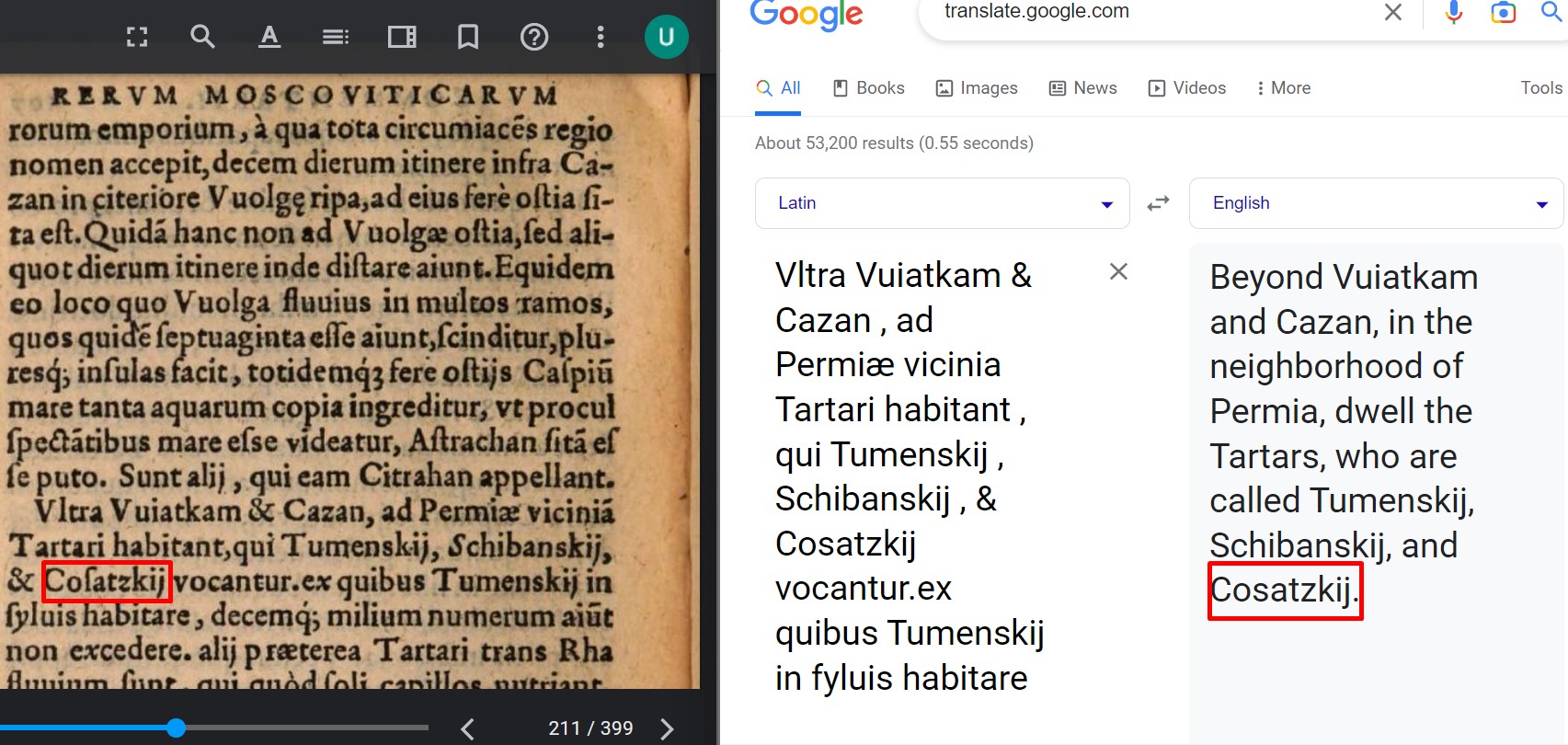|
Basy
Basy (russian: Басы) is a rural locality (a selo) and the administrative center of Basinsky Selsoviet, Limansky District, Astrakhan Oblast, Russia. The population was 997 as of 2010. There are 19 streets. Demographics Ethnic composition As of 2002, ethnic Russians , native_name_lang = ru , image = , caption = , population = , popplace = 118 million Russians in the Russian Federation (2002 ''Winkler Prins'' estimate) , region1 = , pop1 ... and Chechens were the two largest groups in the village. Geography Basy is located 45 km north of Liman (the district's administrative centre) by road. Basinsk is the nearest rural locality. References Rural localities in Limansky District {{AstrakhanOblast-geo-stub ... [...More Info...] [...Related Items...] OR: [Wikipedia] [Google] [Baidu] |
Russia
Russia (, , ), or the Russian Federation, is a List of transcontinental countries, transcontinental country spanning Eastern Europe and North Asia, Northern Asia. It is the List of countries and dependencies by area, largest country in the world, with its internationally recognised territory covering , and encompassing one-eighth of Earth's inhabitable landmass. Russia extends across Time in Russia, eleven time zones and shares Borders of Russia, land boundaries with fourteen countries, more than List of countries and territories by land borders, any other country but China. It is the List of countries and dependencies by population, world's ninth-most populous country and List of European countries by population, Europe's most populous country, with a population of 146 million people. The country's capital and List of cities and towns in Russia by population, largest city is Moscow, the List of European cities by population within city limits, largest city entirely within E ... [...More Info...] [...Related Items...] OR: [Wikipedia] [Google] [Baidu] |
Dargins
Dargins or Dargwa (, ''darganti'') are a Northeast Caucasian native ethnic group originating in the North Caucasus, and who make up the second largest ethnic group in the North Caucasian republic of Dagestan. They speak the Dargwa language. The ethnic group comprises, however, all speakers of the Dargin languages; Dargwa is simply the standard variety. According to the 2002 Census, Dargins make up 16.5% of the population of Dagestan, with 425,526 people. They are concentrated in the Kaytagsky District, Dakhadayevsky District, Levashinsky District, Akushinsky District and Sergokalinsky Districts. The Dargins have lived in their present-day location for many centuries. They formed the state of Kaitag in the Middle Ages and Renaissance until Russian conquest. Today, the Dargins are one of the most numerous ethnic groups in Dagestan (an amalgamation of many of the historical peoples in the region), the second most numerous after Avars. Origin Regarding the origin of Northeast c ... [...More Info...] [...Related Items...] OR: [Wikipedia] [Google] [Baidu] |
Ukrainians
Ukrainians ( uk, Українці, Ukraintsi, ) are an East Slavs, East Slavic ethnic group native to Ukraine. They are the seventh-largest nation in Europe. The native language of the Ukrainians is Ukrainian language, Ukrainian. The majority of Ukrainians are Eastern Orthodox Church, Eastern Orthodox Christians. While under the Polish–Lithuanian Commonwealth, the Austrian Empire, and then Austria-Hungary, the East Slavic population who lived in the territories of modern-day Ukraine were historically known as Ruthenians, referring to the territory of Ruthenia, and to distinguish them with the Ukrainians living under the Russian Empire, who were known as Little Russians, named after the territory of Little Russia. Cossacks#Ukrainian Cossacks, Cossack heritage is especially emphasized, for example in the Shche ne vmerla Ukraina, Ukrainian national anthem. Ethnonym The ethnonym ''Ukrainians'' came into wide use only in the 20th century after the territory of Ukraine obtained ... [...More Info...] [...Related Items...] OR: [Wikipedia] [Google] [Baidu] |
Germans
, native_name_lang = de , region1 = , pop1 = 72,650,269 , region2 = , pop2 = 534,000 , region3 = , pop3 = 157,000 3,322,405 , region4 = , pop4 = 21,000 3,000,000 , region5 = , pop5 = 125,000 982,226 , region6 = , pop6 = 900,000 , region7 = , pop7 = 142,000 840,000 , region8 = , pop8 = 9,000 500,000 , region9 = , pop9 = 357,000 , region10 = , pop10 = 310,000 , region11 = , pop11 = 36,000 250,000 , region12 = , pop12 = 25,000 200,000 , region13 = , pop13 = 233,000 , region14 = , pop14 = 211,000 , region15 = , pop15 = 203,000 , region16 = , pop16 = 201,000 , region17 = , pop17 = 101,000 148,00 ... [...More Info...] [...Related Items...] OR: [Wikipedia] [Google] [Baidu] |
Mari People
The Mari ( chm, мари; russian: марийцы, mariytsy) are a Finnic people, who have traditionally lived along the Volga and Kama rivers in Russia. Almost half of Maris today live in the Mari El republic, with significant populations in the Bashkortostan and Tatarstan republics. In the past, the Mari have also been known as the Cheremisa or the Cheremis people in Russian and the Çirmeş in Tatar. Name The ethnic name ''mari'' derives from the Proto-Indo-Iranian root *''márya''-, meaning 'human', literally 'mortal, one who has to die', which indicates early contacts between Finno-Ugric and Indo-Iranian languages. History Early history Some scholars have proposed that two tribes mentioned by the Gothic writer Jordanes in his ''Getica'' among the peoples in the realm of Gothic king Ermanaric in the fourth century CE can be equated with the Mari people. However, the identification of the ''Imniscaris'' (or ''Sremniscans'') with "Cheremis", and ''Merens'' with "Mari" i ... [...More Info...] [...Related Items...] OR: [Wikipedia] [Google] [Baidu] |
Nogais
The Nogais ( Nogai: Ногай, , Ногайлар, ) are a Turkic ethnic group who live in the North Caucasus region. Most are found in Northern Dagestan and Stavropol Krai, as well as in Karachay-Cherkessia and Astrakhan Oblast; some also live in Chechnya, Dobruja (Romania and Bulgaria), Turkey, Kazakhstan, Uzbekistan, Ukraine and a small Nogai diaspora is found in Jordan. They speak the Nogai language and are descendants of various Mongolic and Turkic tribes who formed the Nogai Horde. There are seven main groups of Nogais: the Ak Nogai, the Karagash, the Kuban-Nogai, the Kundraw-Nogai, the Qara-Nogai, the Utars and the Yurt-Nogai. Name For a long time it was believed that their namesake founder was Nogai Khan ( 'dog' in Mongolian), a grandson of Jochi. Nogai (d. 1299–1300) was the de facto ruler, kingmaker, and briefly self-proclaimed khan of the Golden Horde. Geographic distribution In the 1990s, 65,000 were still living in the Northern Caucasus, divided into ... [...More Info...] [...Related Items...] OR: [Wikipedia] [Google] [Baidu] |
Kumyks
, image = Abdul-Wahab son of Mustafa — a prominent Kumyk architect of the 19th century. , population = near 600,000 , region1 = , pop1 = 503,060 , ref1 = , region2 = , pop2 = 10,000 , ref2 = , region3 = , pop3 = 718 , ref3 = , langs = Kumyk language , region4 = , pop4 = 1200 , ref4 = , region5 = , pop5 = 481 , ref5 = , region6 = , pop6 = 360 , ref6 = , region7 = , pop7 = 33 , ref7 = [...More Info...] [...Related Items...] OR: [Wikipedia] [Google] [Baidu] |
Kalmyks
The Kalmyks ( Kalmyk: Хальмгуд, ''Xaľmgud'', Mongolian: Халимагууд, ''Halimaguud''; russian: Калмыки, translit=Kalmyki, archaically anglicised as ''Calmucks'') are a Mongolic ethnic group living mainly in Russia, whose ancestors migrated from Dzungaria. They created the Kalmyk Khanate from 1635 to 1779 in Russia's North Caucasus territory. Today they form a majority in Kalmykia, located in the Kalmyk Steppe, on the western shore of the Caspian Sea. They are the only traditionally Buddhism in Europe, Buddhist people whose homeland is located within Europe. Through emigration, small Kalmyk communities have been established in the United States, France, Germany, and the Czech Republic. Origins and history Early history of the Oirats The Kalmyk are a branch of the Oirat Mongols, whose ancient grazing-lands spanned present-day parts of Kazakhstan, Russia, Mongolia and China. After the fall of the Mongol Yuan dynasty of China in 1368, the Oirats emer ... [...More Info...] [...Related Items...] OR: [Wikipedia] [Google] [Baidu] |
Kazakhs
The Kazakhs (also spelled Qazaqs; Kazakh: , , , , , ; the English name is transliterated from Russian; russian: казахи) are a Turkic-speaking ethnic group native to northern parts of Central Asia, chiefly Kazakhstan, but also parts of northern Uzbekistan and the border regions of Russia, as well as Northwestern China (specifically Ili Kazakh Autonomous Prefecture) and Mongolia ( Bayan-Ölgii Province). The Kazakhs are descendants of the ancient Turkic Kipchak tribes and the medieval Mongolic tribes, and generally classified as Turco-Mongol cultural group. Kazakh identity is of medieval origin and was strongly shaped by the foundation of the Kazakh Khanate between 1456 and 1465, when following disintegration of the Golden Horde, several tribes under the rule of the sultans Janibek and Kerei departed from the Khanate of Abu'l-Khayr Khan in hopes of forming a powerful khanate of their own. ''Kazakh'' is used to refer to ethnic Kazakhs, while the term ''Kazakhstani'' ... [...More Info...] [...Related Items...] OR: [Wikipedia] [Google] [Baidu] |
Chechens
The Chechens (; ce, Нохчий, , Old Chechen: Нахчой, ''Naxçoy''), historically also known as ''Kisti'' and ''Durdzuks'', are a Northeast Caucasian ethnic group of the Nakh peoples native to the North Caucasus in Eastern Europe. "Europe" (pp. 68–69); "Asia" (pp. 90–91): "A commonly accepted division between Asia and Europe ... is formed by the Ural Mountains, Ural River, Caspian Sea, Caucasus Mountains, and the Black Sea with its outlets, the Bosporus and Dardanelles." They refer to themselves as Nokhchiy (pronounced ; singular Nokhchi, Nokhcho, Nakhchuo or Nakhtche). The vast majority of Chechens today are Muslims and live in Chechnya, a republic of Russia. The North Caucasus has been invaded numerous times throughout history. Its isolated terrain and the strategic value outsiders have placed on the areas settled by Chechens has contributed much to the Chechen community ethos and helped shape its national character. Chechen society has traditionally been egalita ... [...More Info...] [...Related Items...] OR: [Wikipedia] [Google] [Baidu] |
List Of Regions Of Russia
The federal districts (russian: федера́льные округа́, ''federalnyye okruga'') are groupings of the federal subjects of Russia. Federal districts are not mentioned in the nation's constitution, and do not have competences of their own and do not manage regional affairs. They exist solely to monitor consistency between the federal and regional bodies of law, and ensuring governmental control over the civil service, judiciary, and federal agencies, operating in the regions. List of federal districts ''Source'': History The federal districts of Russia were established by President Vladimir Putin in 2000 to facilitate the federal government's task of controlling the then 89 federal subjects across the country. On 19 January 2010, the new North Caucasian Federal District split from the Southern Federal District. In March 2014, after the annexation of Crimea, the Crimean Federal District was established. The legality of this annexation is disputed by an o ... [...More Info...] [...Related Items...] OR: [Wikipedia] [Google] [Baidu] |
Russians
, native_name_lang = ru , image = , caption = , population = , popplace = 118 million Russians in the Russian Federation (2002 ''Winkler Prins'' estimate) , region1 = , pop1 = approx. 7,500,000 (including Russian Jews and Russian Germans) , ref1 = , region2 = , pop2 = 7,170,000 (2018) ''including Crimea'' , ref2 = , region3 = , pop3 = 3,512,925 (2020) , ref3 = , region4 = , pop4 = 3,072,756 (2009)(including Russian Jews and Russian Germans) , ref4 = , region5 = , pop5 = 1,800,000 (2010)(Russian ancestry and Russian Germans and Jews) , ref5 = 35,000 (2018)(born in Russia) , region6 = , pop6 = 938,500 (2011)(including Russian Jews) , ref6 = , region7 = , pop7 = 809,530 (2019) , ref7 ... [...More Info...] [...Related Items...] OR: [Wikipedia] [Google] [Baidu] |






